The Tuscan Archipelago National Park, established in 1996, covers approximately 61,000 hectares of land and 56,000 hectares of sea, making it the largest marine park in Europe. It includes the seven main islands of the archipelago: Elba, Giglio, Capraia, Montecristo, Pianosa, Giannutri, and Gorgona. Each island has a distinct geological, natural, and historical identity, ranging from mountainous terrains to steep cliffs, along with secluded coves and seabeds rich in biodiversity. The park is home to numerous endemic species as well as protected habitats for migratory birds. Its management aims to reconcile nature conservation with the sustainable development of tourism. It is a prime area for observation, hiking, and exploring the Mediterranean.
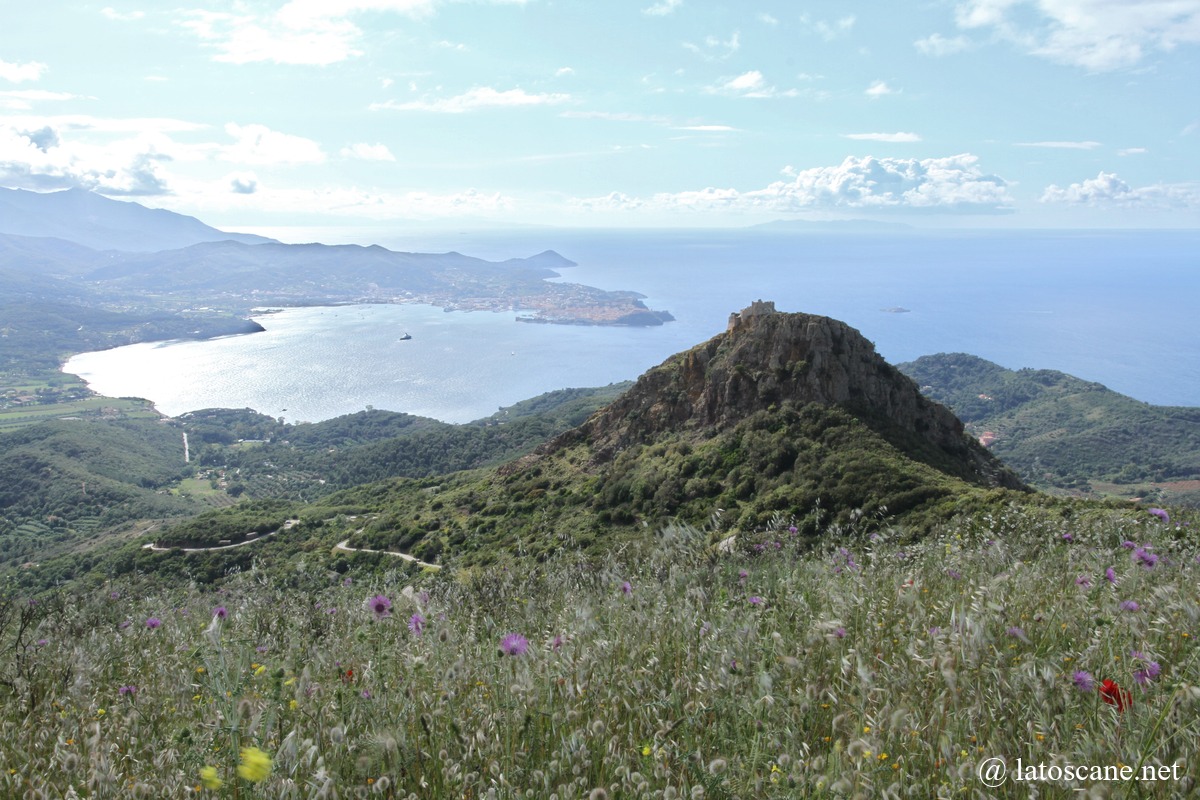
Highlights of the archipelago: to see and do
- Panoramic hikes on Elba and Capraia.
- Exploration of the seabed (diving, snorkeling) around Giglio and Giannutri.
- Whale and dolphin watching in the Pelagos Marine Sanctuary.
- Discovery of picturesque villages (Portoferraio, Giglio Castello, Capraia Isola).
- Cultural visits: fortresses, Roman remains, mines, and archaeological sites.
- Guided excursions to Montecristo and Pianosa (restricted access).
- Exploration of the protected areas of Gorgona, the island with the most limited public access.
Overview of the Islands
Elba Island
Elba Island is the largest of the archipelago and the third largest in Italy, covering approximately 224 km². It is known for its contrasting landscapes: sandy beaches, rocky coves, wooded hills, and the Monte Capanne massif, which rises to over 1,000 meters. Famous for Napoleon Bonaparte’s exile in 1814, it preserves many historical sites linked to this period, including Villa dei Mulini and Villa San Martino. Elba also features mineralogical museums reflecting its iron and granite mining past. Today, it attracts visitors with its picturesque villages (Portoferraio, Marciana Marina, Porto Azzurro) and varied coastline. Hiking trails, water activities, and diving make the island a key destination for natural and cultural tourism.
→ Discover Elba Island
Giglio Island
Located opposite Monte Argentario, Giglio is renowned for its crystal-clear waters and some of the most beautiful seabeds in the Mediterranean. The island, largely mountainous, is dominated by the medieval village of Giglio Castello, with its narrow streets and imposing walls. The picturesque port of Giglio Porto offers colorful charm, while beaches such as Campese attract visitors seeking relaxation and diving. The island is also a starting point for whale and dolphin watching and sailing. Its preserved nature and authentic atmosphere make it a favorite destination for hikers and those seeking tranquility.
→ Discover Giglio Island
Capraia Island
Of volcanic origin, Capraia is the third largest island of the archipelago. Wild and sparsely inhabited, it stands out for its rugged terrain, steep cliffs, and sea caves. The main village, Capraia Isola, retains an authentic atmosphere, with colorful houses and a welcoming port. Formerly the site of an agricultural penal colony, the island is now a prime location for hiking, particularly along the trail that crosses its mountains. Diving enthusiasts appreciate its clear waters and abundant marine life. Capraia represents an island focused on nature, with limited tourist traffic.
→ Discover Capraia Island
Montecristo Island
Montecristo is a wild island, protected by a very strict conservation regime. Known from Alexandre Dumas’ novel *The Count of Monte Cristo*, it is today accessible only with special authorization, with a limited number of visitors per year. The island consists mainly of granite, with steep reliefs and dense Mediterranean vegetation. It is home to Villa Reale and the Monastery of San Mamiliano, remnants of its religious past. Its remarkable biodiversity makes it a natural sanctuary, particularly for birds and endemic reptiles. Montecristo remains a mythical destination, marked by its isolation and literary aura.
→ Discover Montecristo Island
Pianosa Island
Pianosa owes its name to its flat terrain, in contrast to the other mountainous islands of the archipelago. It is famous for having hosted a high-security prison colony, which helped preserve its natural environment. Access is limited and only possible through guided tours. Pianosa contains Roman remains, including a villa and catacombs, as well as pristine beaches with turquoise waters. Diving and snorkeling are particularly appreciated, but always supervised. Pianosa combines archaeological heritage with unspoiled nature.
→ Discover Pianosa Island
Giannutri Island
The southernmost of the archipelago, Giannutri is a small crescent-shaped island. It is mainly known for the ruins of Villa Domizia, a Roman villa overlooking the sea, and its white cliffs plunging into clear waters. Diving and snorkeling enthusiasts come to explore its rich marine fauna, including groupers and corals. Access is regulated to protect its fragile ecosystem, with a daily visitor quota. Giannutri combines archaeological attractions with immersion in preserved Mediterranean nature.
→ Discover Giannutri Island
Gorgona Island
The smallest and northernmost of the islands, Gorgona is still the site of a prison colony, which greatly limits access. This particularity has contributed to the protection of its natural and marine landscapes. Its rugged terrain, cliffs, and Mediterranean forests make it an ecologically valuable site. The island is also a refuge for many bird species. The few authorized visits allow discovery of an almost untouched environment, marked by strong conservation measures.
Map of the Tuscan archipelago
If you see this after your page is loaded completely, leafletJS files are missing.
Articles on the Tuscan archipelago
- Elba island
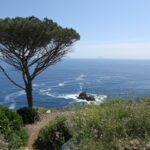 TheIsland of Elba is a heavenly place located more than 10 kilometers from the Tuscan coast. It is appreciated for its coast with its beaches, coves and diving sites, for its ...
TheIsland of Elba is a heavenly place located more than 10 kilometers from the Tuscan coast. It is appreciated for its coast with its beaches, coves and diving sites, for its ... - Giglio Island
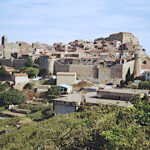 L’Île de Giglio, située au large de la côte toscane dans la mer Tyrrhénienne, à moins de 20 km du promontoire d’Orbetello, est la deuxième plus grande île de l’archipel ...
L’Île de Giglio, située au large de la côte toscane dans la mer Tyrrhénienne, à moins de 20 km du promontoire d’Orbetello, est la deuxième plus grande île de l’archipel ... - Capraia IslandCapraia est une petite île volcanique de l’archipel toscan, située en mer Tyrrhénienne à environ 62 km au nord-ouest de Livourne. C’est la troisième plus grande île de l’archipel après ...
- Pianosa Island
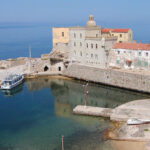 Pianosa, au cœur de l’archipel toscan, est une destination singulière qui attire aujourd’hui les visiteurs en quête de nature préservée et d’histoire insolite. Accessible uniquement dans le cadre d’excursions encadrées, ...
Pianosa, au cœur de l’archipel toscan, est une destination singulière qui attire aujourd’hui les visiteurs en quête de nature préservée et d’histoire insolite. Accessible uniquement dans le cadre d’excursions encadrées, ... - Giannutri island
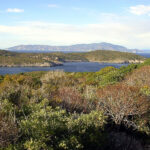 L’île de Giannutri est la plus méridionale de l’archipel toscan, située à une dizaine de kilomètres au sud de l’île du Giglio.De forme allongée (environ 5 km de long), elle ...
L’île de Giannutri est la plus méridionale de l’archipel toscan, située à une dizaine de kilomètres au sud de l’île du Giglio.De forme allongée (environ 5 km de long), elle ... - Montecristo Island
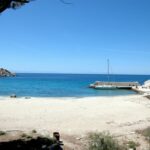 L’île de Montecristo est une petite île italienne située dans la mer Tyrrhénienne, au sud de l’île d’Elbe, faisant partie de l’archipel toscan. D’une superficie de 10,39 km², elle est ...
L’île de Montecristo est une petite île italienne située dans la mer Tyrrhénienne, au sud de l’île d’Elbe, faisant partie de l’archipel toscan. D’une superficie de 10,39 km², elle est ...
FAQ – Tuscan Archipelago
1. Which islands are freely accessible to visitors?
The islands of Elba, Giglio, and Capraia are freely accessible and have regular ferry connections. Giannutri and Pianosa can only be visited as part of guided tours. Montecristo and Gorgona are subject to very strict regulations with a limited number of authorized visitors.
2. What is the best time to visit the Tuscan Archipelago?
Spring (April-June) and early autumn (September-October) offer mild weather, moderate crowds, and particularly pleasant vegetation. Summer remains ideal for seaside activities but is more crowded.
3. What activities can be done in the park?
Hiking, mountain biking, snorkeling and diving, observing marine wildlife (cetaceans, birds), exploring picturesque villages, visiting archaeological sites and fortresses. Some activities require guided excursions or permits.
4. How can the different islands be reached?
Ferries connect Piombino to Elba; Porto Santo Stefano serves Giglio and Giannutri; Livorno offers connections to Capraia. Visits to Pianosa, Montecristo, and Gorgona must be booked through authorized organizations.
5. Is diving allowed around all the islands?
Diving is mainly possible at Elba, Giglio, and Capraia. At Pianosa and Giannutri, it is strictly regulated. Montecristo and Gorgona, highly protected areas, have significant restrictions.
6. Are there accommodations on the islands?
Elba offers a full range of accommodations (hotels, campsites, bed & breakfasts). Giglio and Capraia have more limited options. Giannutri, Pianosa, Montecristo, and Gorgona do not have permanent tourist accommodations: visits there are primarily day trips and guided.
Information and Links
- Tuscan Archipelago National Park – Official website: information on fauna, flora, hiking routes, and island access.
- Visit Elba: natural sites, museums, water and cultural activities on Elba.
- Pro Loco Capraia
- Capraia Island: geology, hiking trails, and marine wildlife of Capraia.
- Italia.it – Tuscan Archipelago: official Italian tourism section with practical tips, accommodations, and activities.
- Wikipedia – Tuscan Archipelago


No Comments Yet